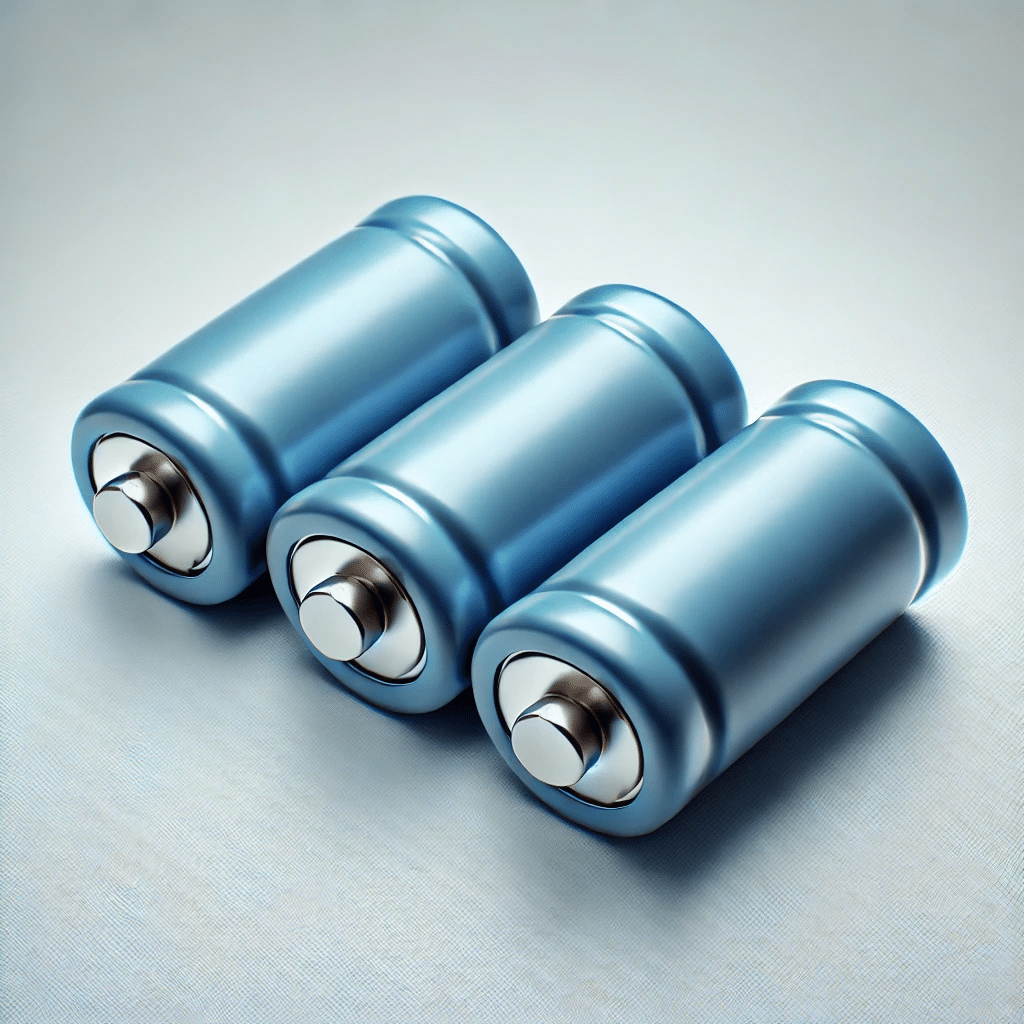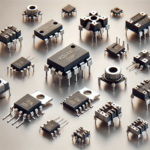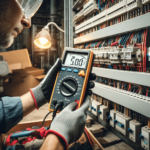
Introduction
While batteries have traditionally reigned supreme, new contenders are gaining traction: the supercapacitors. These compelling alternatives provide efficient, powerful, and long-lasting power management and storage solutions to power electronic gadgets. With advanced features and exceptional potential, a supercapacitor plays an integral role in multiple high-tech applications. This article elucidates the pivotal role of supercapacitors in the vast landscape of modern electronics, exploring their significance, types, and versatility in robust energy management.
What are Supercapacitors? Understanding Their Working Principle
Supercapacitors, also called ultracapacitors, are high-capacity energy storage devices designed to store energy electrostatically for powering multiple electronics. These next-generation storage capacitors offer a unique combination of high power density and longer lifespans compared to traditional batteries and capacitors. A supercapacitor is known for its efficient charging and discharging times, high power density, longevity, and environmentally friendly nature.
Structurally, supercapacitors consist of two conductive plates separated by an electrolyte. When a voltage is applied, an electric double layer is created at the interface between the electrode and the electrolyte, storing energy. Due to the large surface area of the electrodes, the capacitance is significantly higher than that of traditional capacitors, such as electrolytic capacitors and polypropylene capacitors. The thin separation distance provided by the electrolyte also contributes to their high capacitance, ensuring consistent power delivery.
The Significance of Supercapacitors in Modern Electronics
Supercapacitors are revolutionising modern electronics due to their exceptional power delivery and rapid charging capabilities. Their significance lies in their potential to revolutionise various industries, from renewable energy integration and EVs to portable electronics. Additionally, a supercapacitor is indispensable for modern technological advancements due to its efficiency (up to 95% or higher), longevity, reliability, and ability to deliver quick bursts of power.
An Insight Into the Most Popular Types of Supercapacitors
Ultracapacitors come in several types, including electrolytic supercapacitors and solid-state supercapacitors. However, the most common types include:
Electrochemical Double-Layer Capacitors (EDLCs)
EDLCs are capacitors that store energy by forming a double charge layer at the interface between the electrode and the electrolyte. They offer high power density and rapid charge-discharge capabilities, making them suitable for applications requiring quick bursts of energy.
Pseudocapacitors
Pseudocapacitors store energy through fast faradaic reactions occurring at the electrode surface. These reactions involve the transfer of charge between the electrode and the electrolyte, resulting in higher energy density compared to EDLCs. A Pseudocapacitor is often used in applications where both high power and energy densities are required.
Hybrid Capacitors
Hybrid capacitors combine the features of EDLCs and Pseudocapacitors to offer improved energy and power densities. These capacitors use a combination of different electrode materials and electrolytes to enhance performance and are often employed in advanced energy storage systems.
The Potentials of Supercapacitors in Modern Electronics: Exploring Their Applications Versatility
The versatility of supercapacitors has led to their integration into numerous electronic devices and systems, such as:
Consumer Electronics
Supercapacitors are increasingly used in consumer electronics for energy storage and power management. Devices like smartphones, tablets, wearable devices, and laptops benefit from their rapid charging capabilities and extended lifespans.
Renewable Energy Systems
In renewable energy systems, super capacitors play a vital role in stabilising power output and storing excess energy. When used in conjunction with solar panels and wind turbines, they manage fluctuations in energy generation, ensuring a consistent power supply.
Electric Vehicles
The automotive industry has embraced supercapacitors for their ability to deliver high power quickly. In electric vehicles (EVs), supercapacitors are used for regenerative braking systems, providing immediate power for acceleration and improving overall energy efficiency.
Industrial Applications
Supercapacitors are utilised in various industrial applications, including uninterruptible power supplies (UPS), grid energy storage, and heavy machinery. Their rapid charge-discharge potentials and durability make them suitable for environments requiring reliable and robust energy solutions.
Are Supercapacitors Safe for Modern Electronics?
When used appropriately, supercapacitors are generally safe for electronics. Factors like voltage, current handling, thermal considerations, and proper circuit design must be considered to prevent potential issues like overheating, thermal stress, or short circuits. When used within recommended parameters and with appropriate safety measures, supercapacitors can be a reliable power source for various electronic devices.
Takeaway
Supercapacitors are electrochemical devices that drive the modern electronics industry by providing efficient, powerful, and long-lasting energy storage solutions. They are indispensable for a multitude of applications that complement and, in some cases, surpass traditional storage solutions. By following safety guidelines and proper usage practices, supercapacitors can be safely integrated into electronic systems to enhance performance and reliability.





















